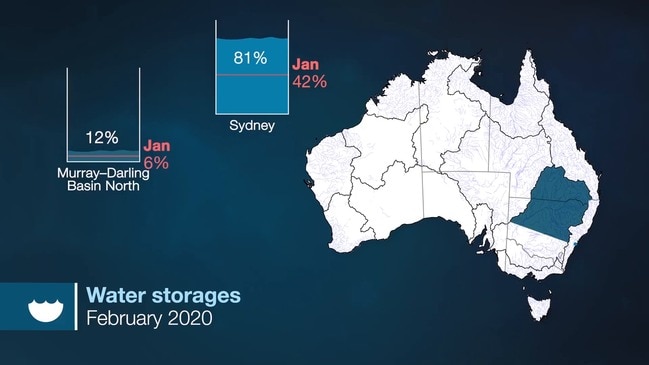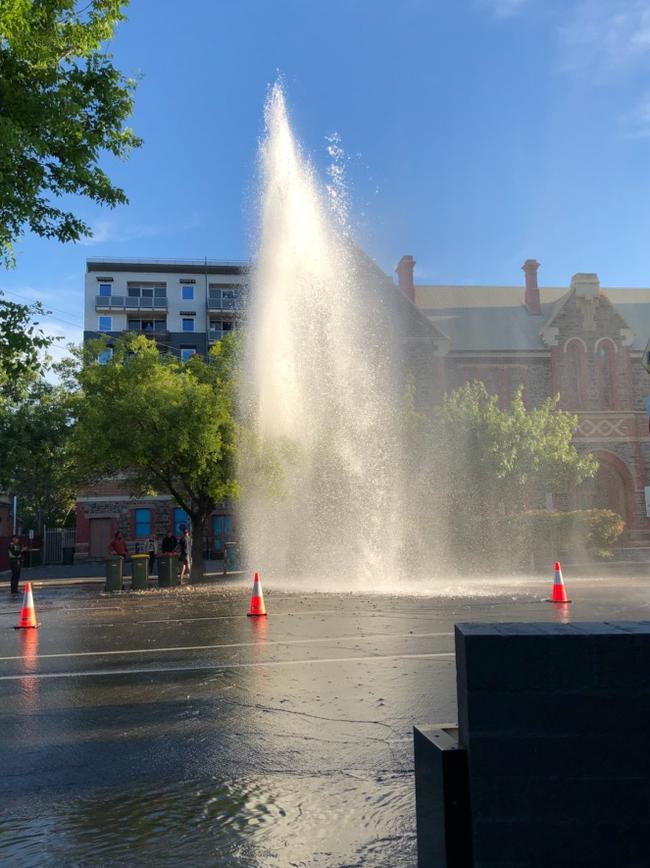SA Water users pay some of the highest water and sewerage bills in the country, and also wait the longest in supply cuts
SA Water customers have to wait ages for fixes to burst water mains. But crews are doing a raft of things to fix the issue.

SA News
Don't miss out on the headlines from SA News. Followed categories will be added to My News.
- SA Water told to cut more than $26 from bills
- Minister backs Adelaide desal plan to deliver water relief
- Burst water mains in South Australia increased by 10 per cent
Water customers in Adelaide have the longest unplanned interruptions to their supply in the country, and the problem is getting worse.
A Bureau of Meteorology report also shows SA Water users pay some of the highest water and sewerage bills in the country.
The national performance report 2018–19 for urban water utilities found the average time SA Water customers waited for fixes to supply issues, including burst water mains, was just over six hours.
That was slightly worse than the previous year, and well above other capitals. Sydney had the second longest average wait at two hours and 23 minutes.
Melbourne customers waited 95 minutes.

An SA Water spokeswoman said the company has been working to lessen waiting times through better data capture and work practices.
“Some key examples include training more field crew members to operate valves as part of water main repairs, investigating innovative ways of isolating, repairing and restoring the water network, and optimising resources for repairs in regional areas with the longest repair time,” she said.
The spokeswoman said there were several initiatives underway, or proposed in SA Water’s 2020-2024 regulatory submission, which “aim to reduce the frequency of water main breaks and the number of customers experiencing ... interruptions”.
“This includes installing more valves to isolate smaller areas during water main repairs, which has so far resulted in more than 1500 properties avoiding a supply disruption.”
Other options were more use of smart technology and “pressure management strategies” to reduce surges in peak water demand periods.
